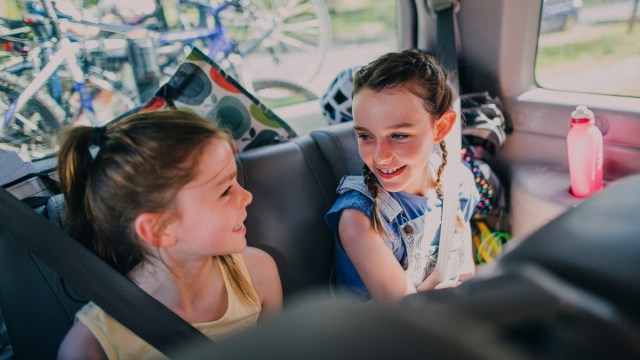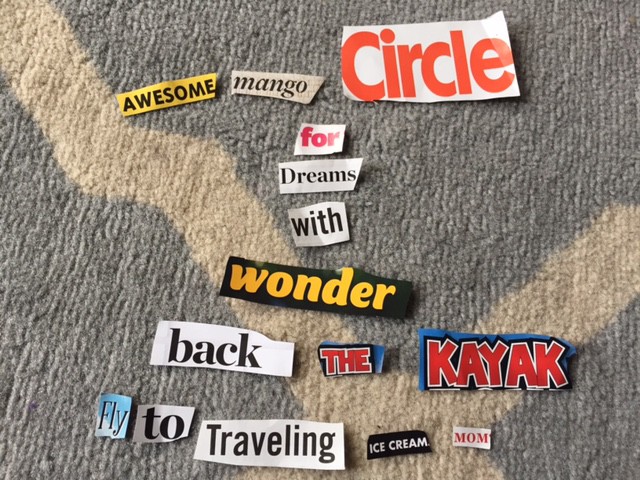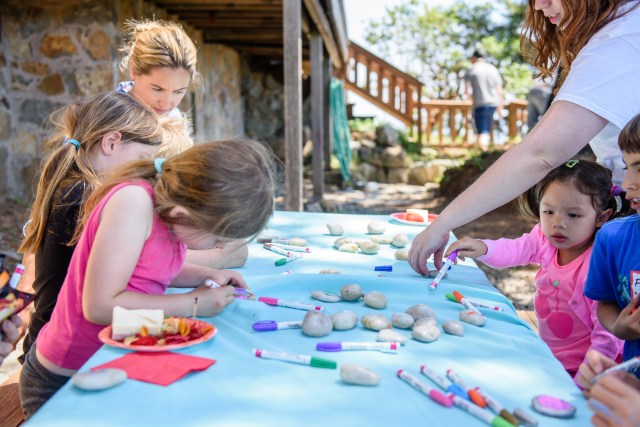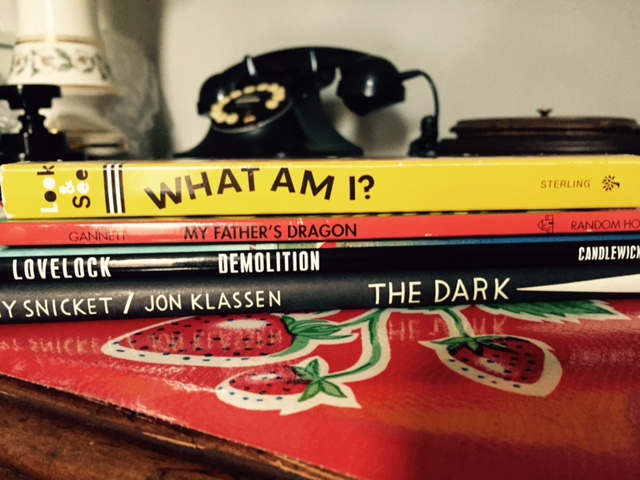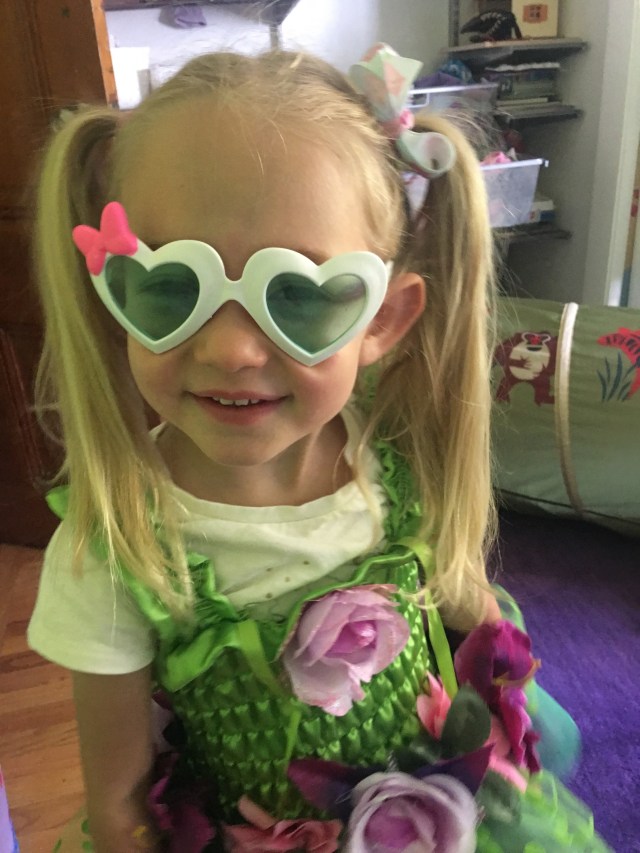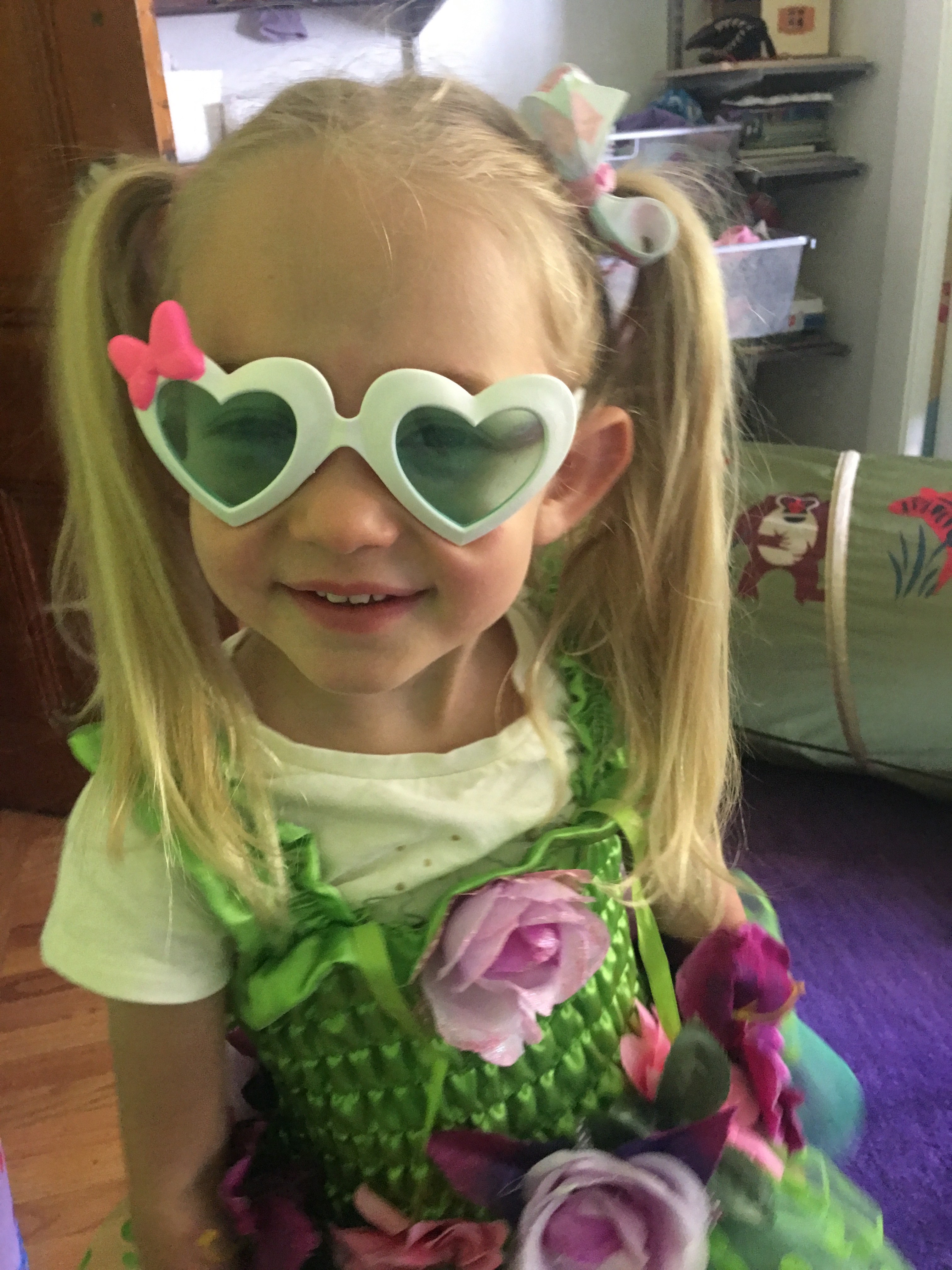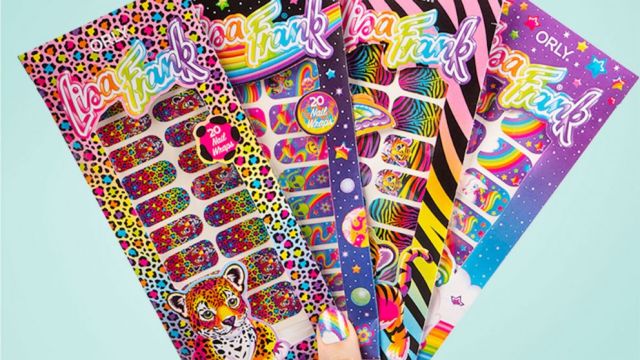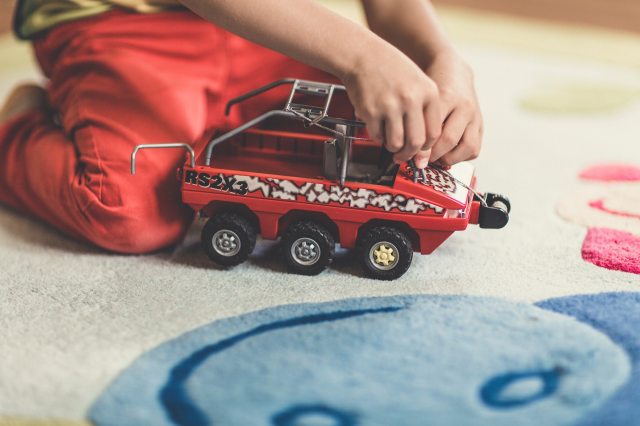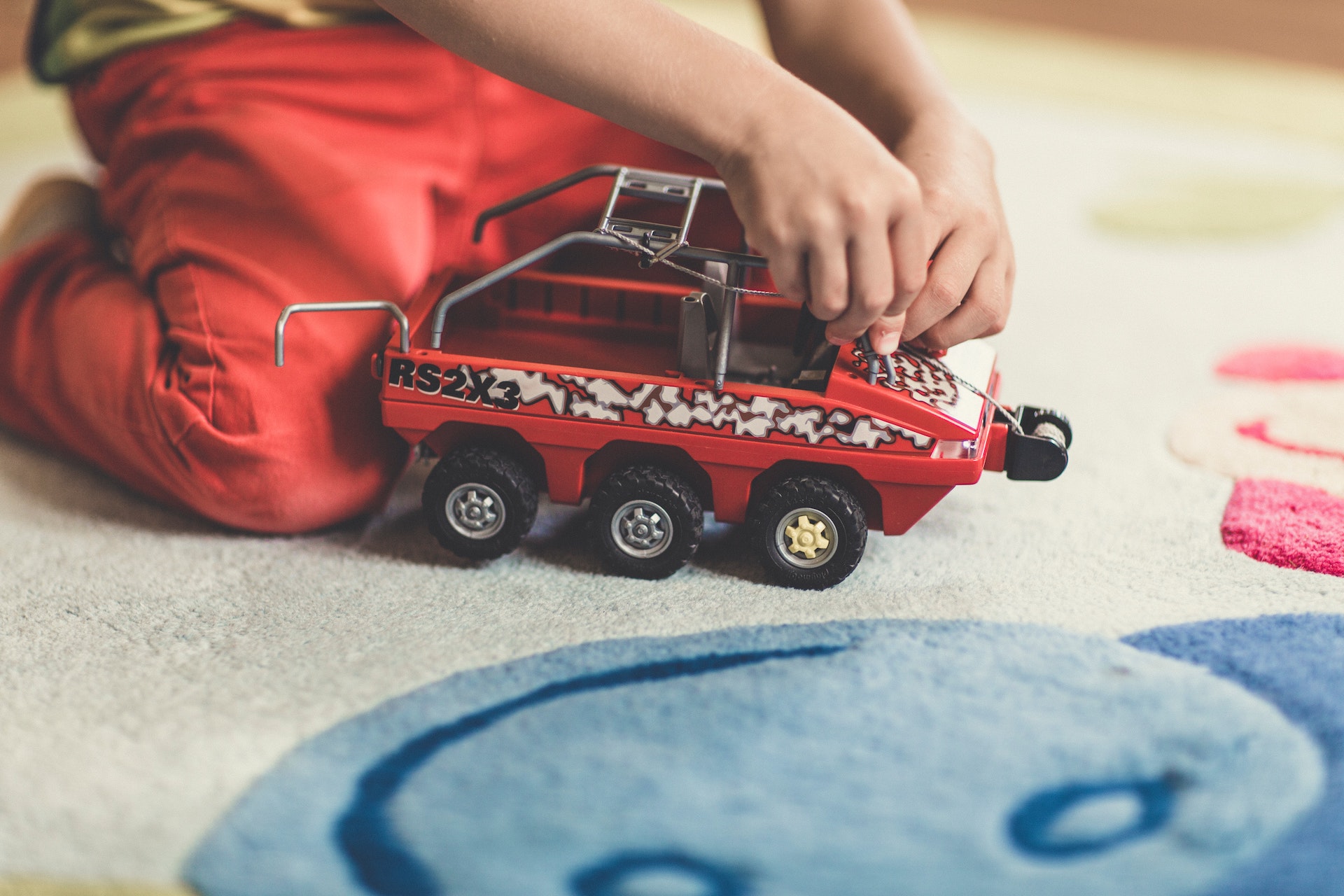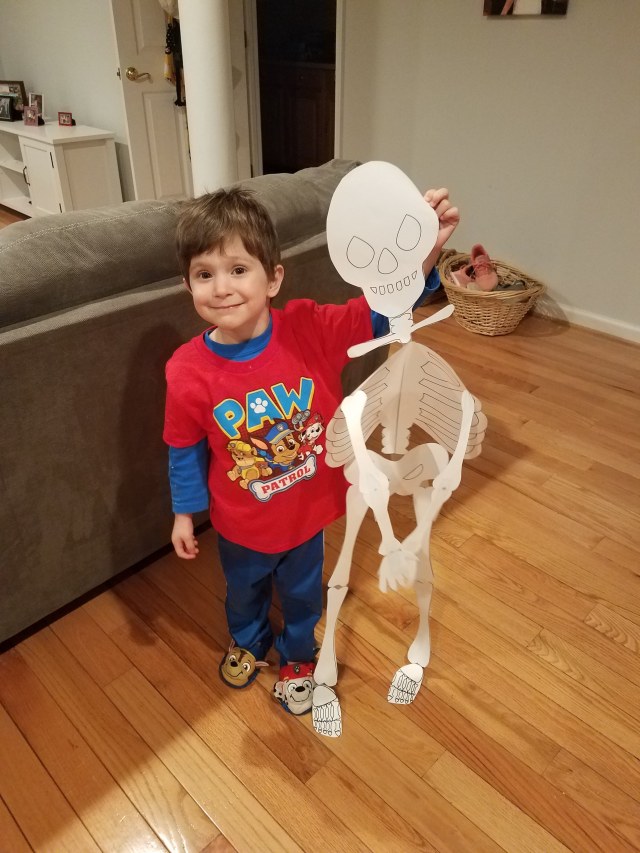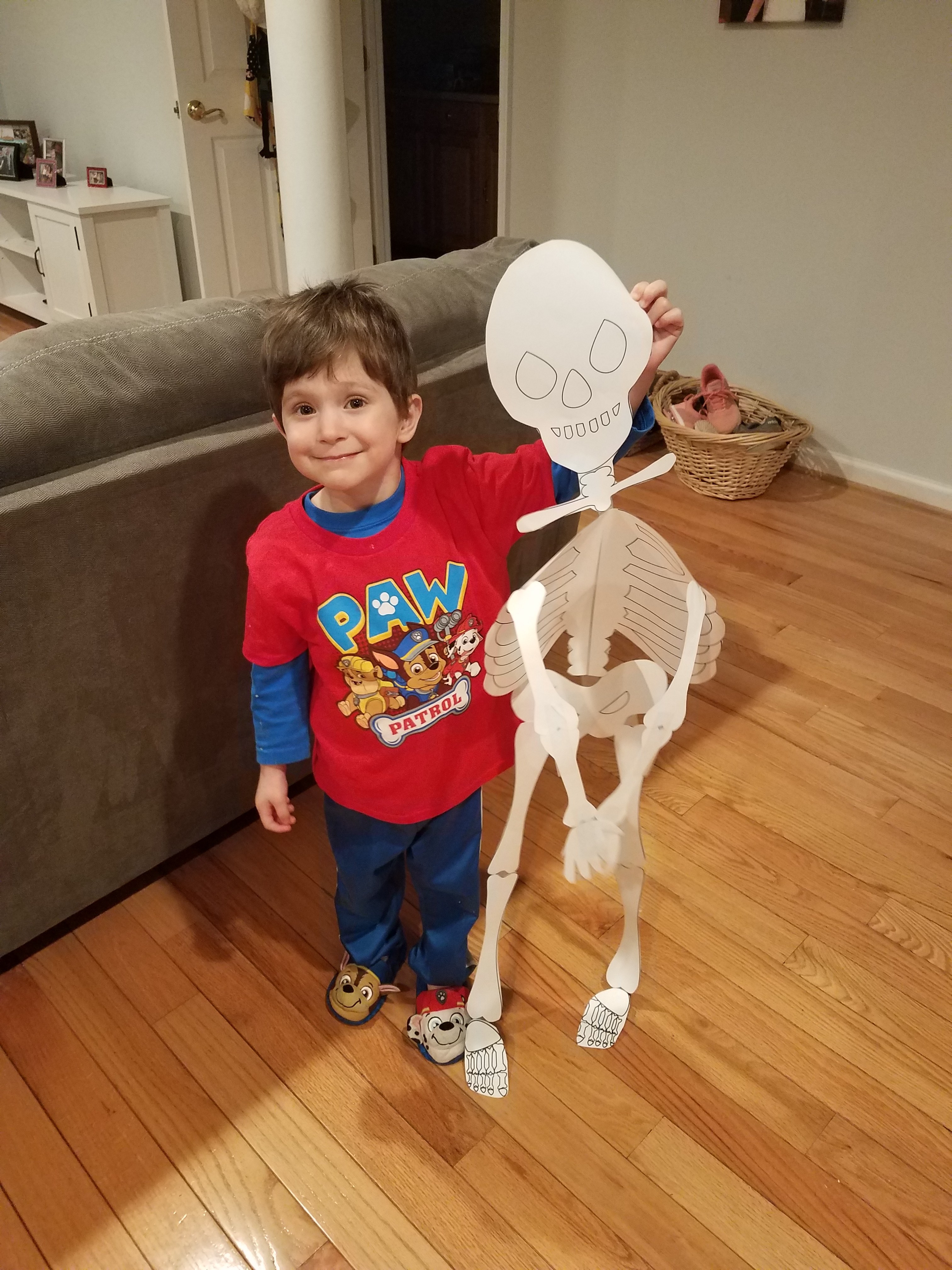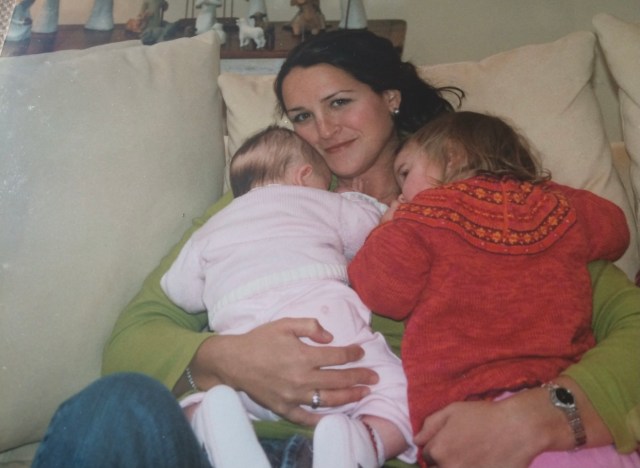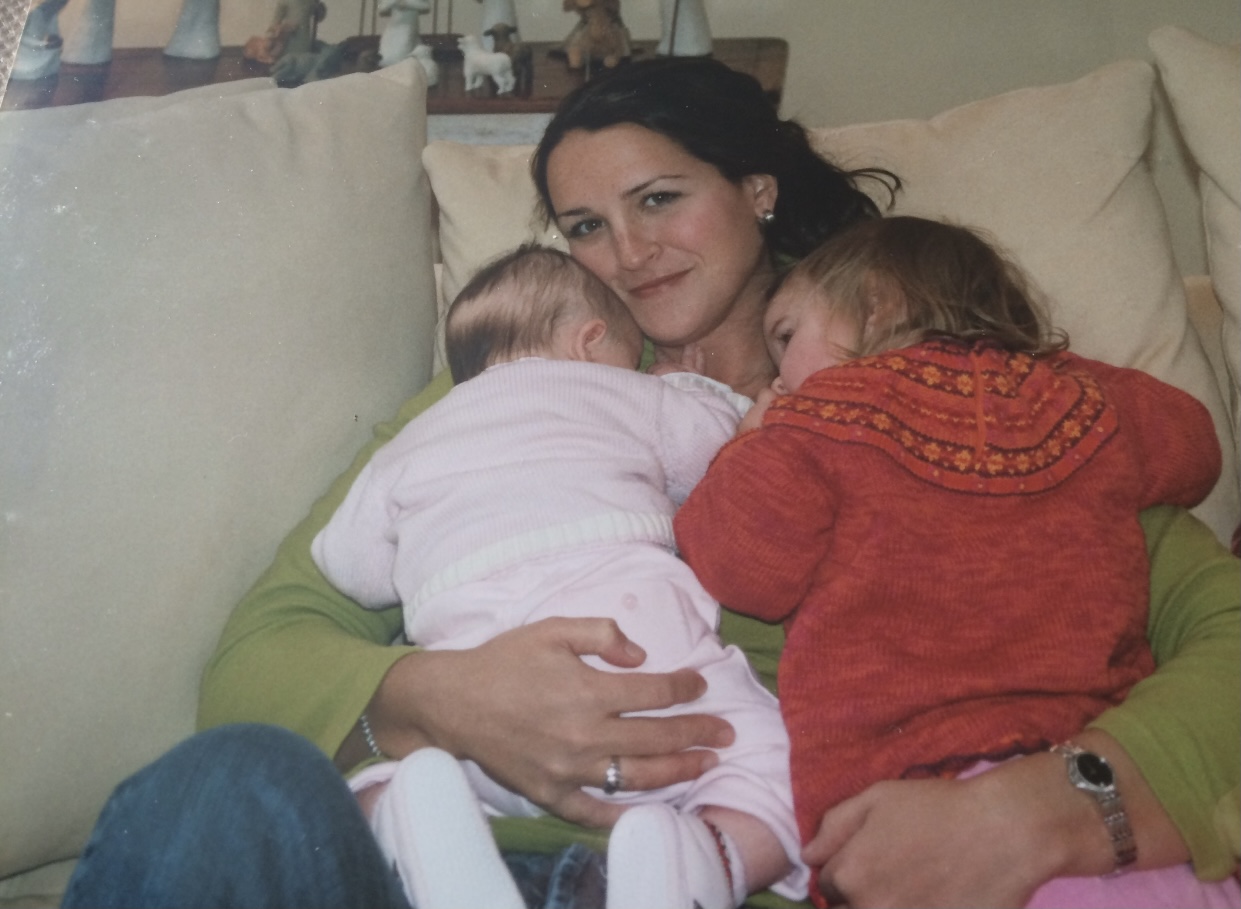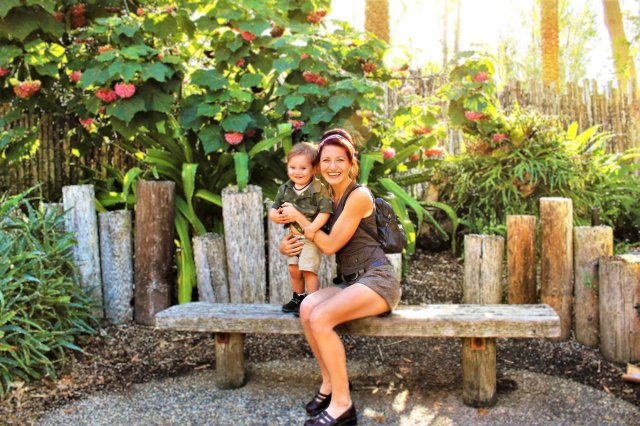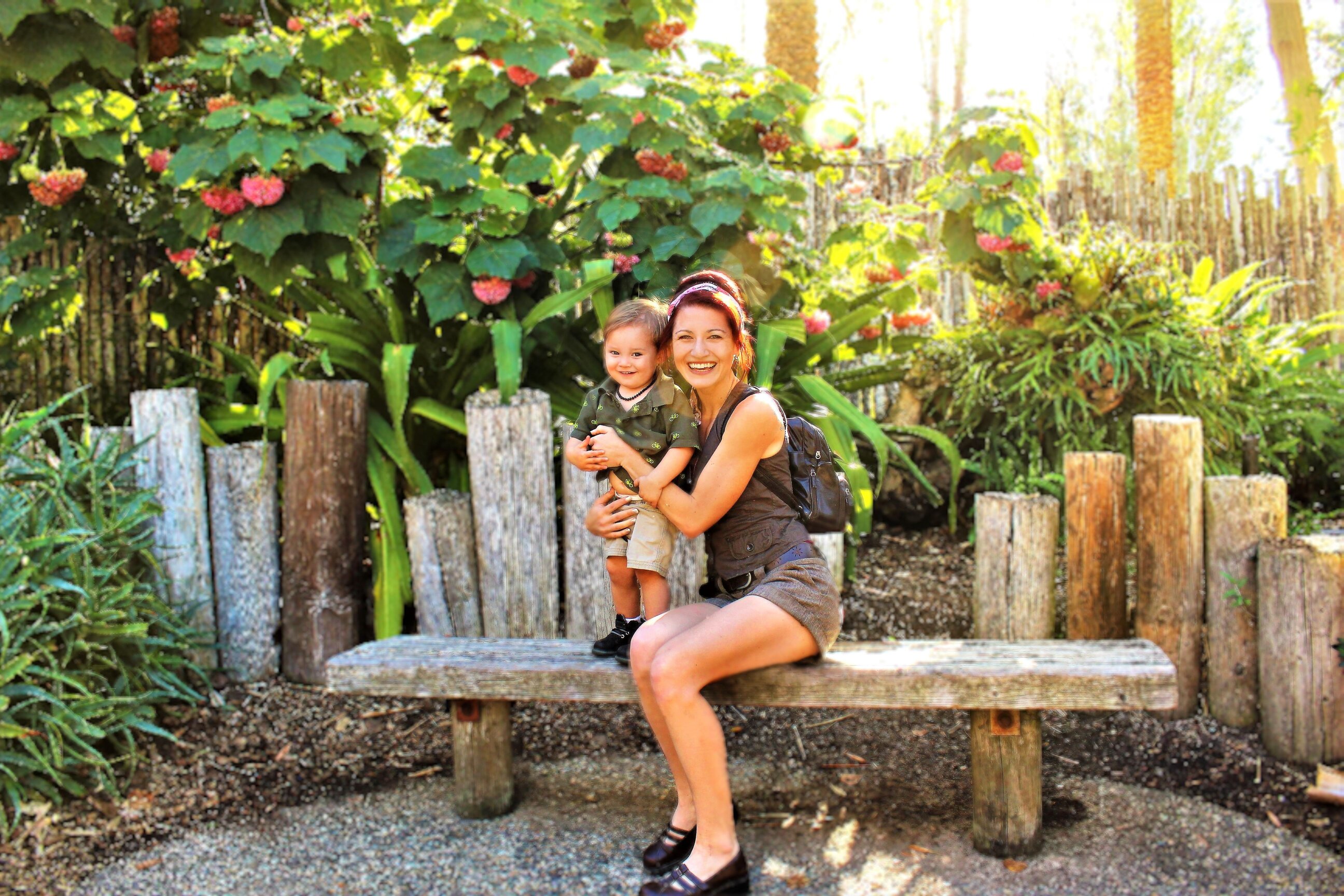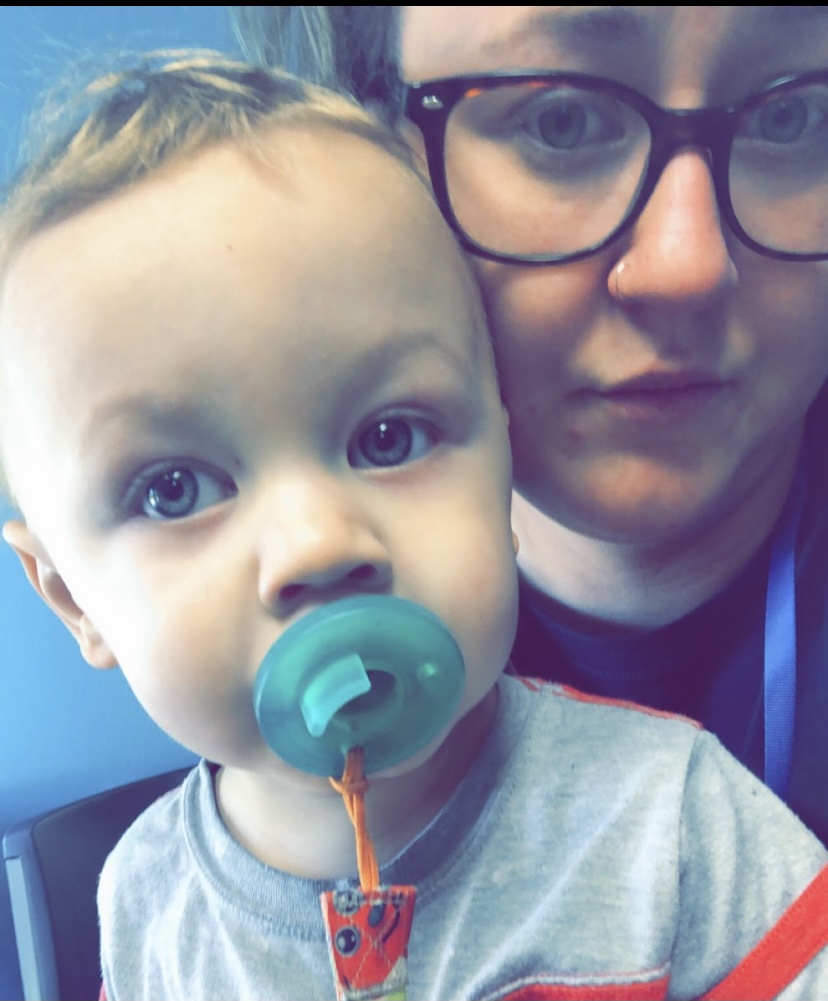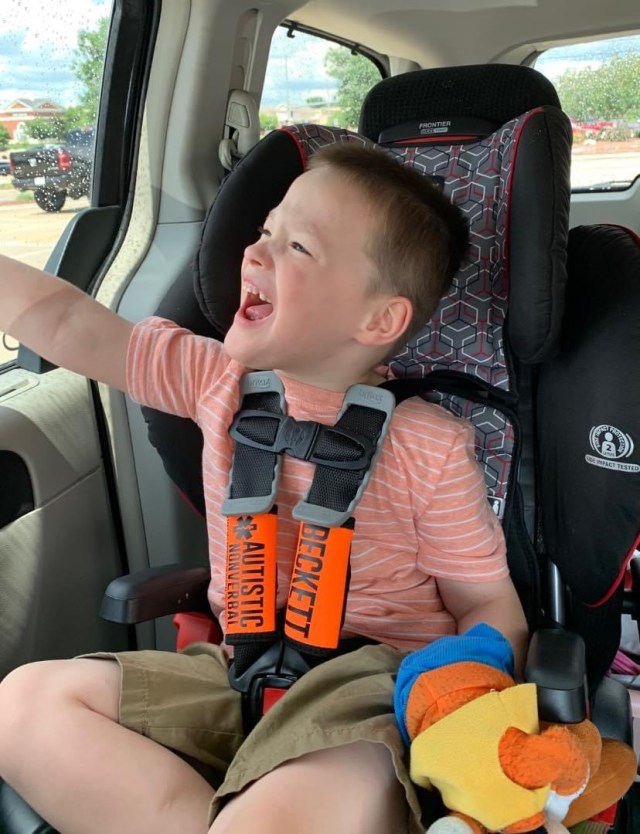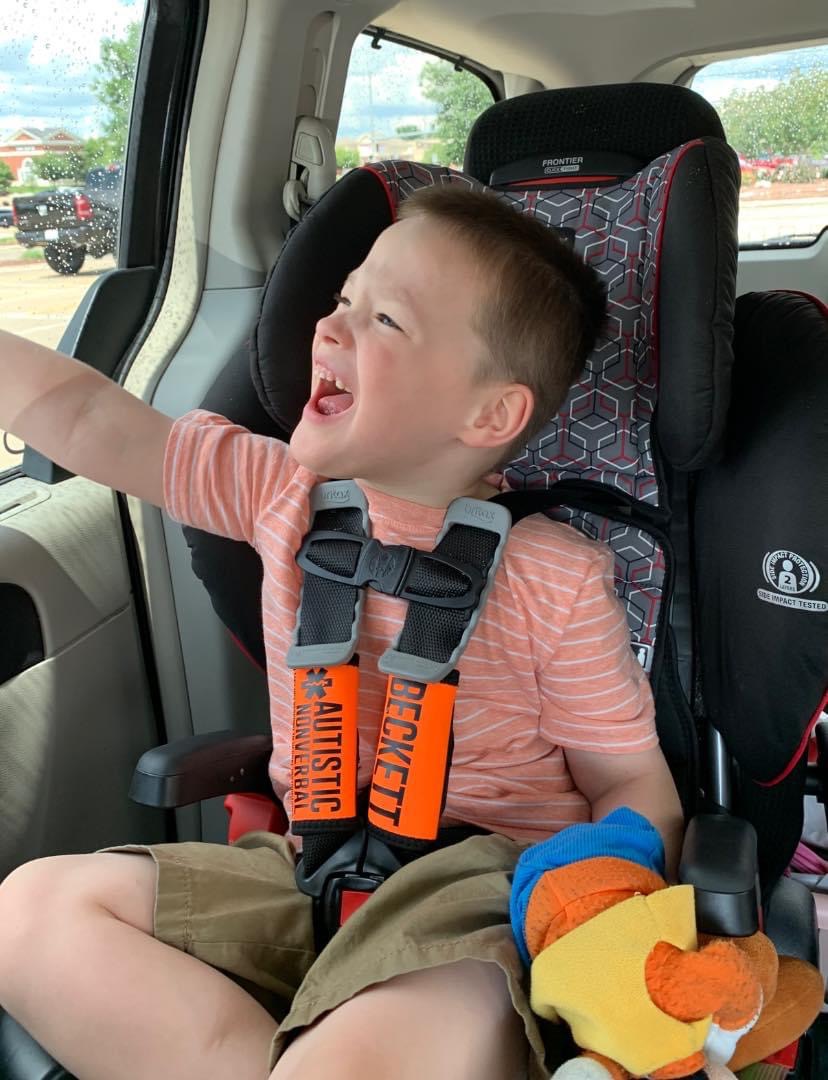Getting to your destination can be part of the adventure when you have this handy list of car games in your back pocket
If you’re heading out on a road trip soon and want to ensure that the trip will be spent making memories with the kids (screen-free fun in the car is possible!), then we’ve got a list of car games just for you. To make your journey as enjoyable as possible, you’ll want to print out this list of easy games to play in the car. They don’t require any special gear, there are no pieces to lose, and they’re actually fun for parents and kids alike. Be sure to check out our list of road trip hacks that’ll make the drive even easier. Win, win, win!
1. The Alphabet Game: Find all the letters of the alphabet on things you pass along the highway. Variation: limit your finds to license plates or road signs to make it harder.
2. I Spy: This road trip classic has players starting with a vague clue like, “I spy something that moves” and the other players guessing from there. Only yes or no questions are allowed. Tip: put a limit to the number of questions so the rounds don’t go on for eternity.
3. Would You Rather: This is a fun one to get the kids thinking, with great questions like: “Would you rather live in the desert or on a deserted island?” Another good one: “Would you rather be able to control the weather or talk to animals?” Check out our list of would you rather questions for kids and our list of would you rather questions for teens. We even have would you rather questions for adults!
4. Fortunately/Unfortunately: This story-creation car game for kids starts with a sentence like, “Mom came home with a chocolate cake.” The next person has to continue the story with fortunately like, “Fortunately, it had sprinkles on it.” Turn passes to the next person who uses unfortunately like, “Unfortunately, they were made of wax.” Hilarity ensues.
5. Story Volley: A similar game is story volley where you take turns creating a story back and forth between two (or more) players. This one can go on forever!
6. Open-ended Questions: Learn a little more about your car companions with this game where you can ask any question you like. Good ones to start with: What’s your favorite animal? What superpower do you wish you had? What TV character are you most like?
7. Alphabet Game (Version 2): The flow of this game is to use this phrase, “My name is ______ and I’m married to _______. We live in ______ and are shopping for ________.” All words have to start with the letter you are on like, “My name is Amy and I’m married to Al. We live in Arkansas and are shopping for apples.” Then you move on to B.
8. Letter, Word, or Sentence Guessing Game: For back seat players only, you have one kid draw a letter, word, or sentence (depending on age) on the other player’s back. Try to guess what was drawn.
9. License Plate Bingo: Using a little notebook to keep track, try and find all the state license plates. This game can carry over from road trip to road trip as who has ever seen a Hawaii plate outside of Hawaii? Parents should be ready to verify any rare sightings (to prevent cheating).

Related: 22 Creative Road Trip Activities (That Don’t Include Screens)
10. 20 Questions: This game has you thinking of an item while your opponent has to guess what it is. Limit your questions to 20 so you don’t go totally insane. This game knows how it is to travel with kids, clearly. For little kids, you can limit it even further to a category like animals.
11. The Name Game: Good for teens and tweens, this game has you name a celebrity like Oprah Winfrey and the next person has to take the first letter of that celebrity’s last name to start their turn and name another celebrity like Will Smith.
12. Hot Sauce or Chocolate: A variation on this or that, this game has you choose which item between two that you’d rather give up. Start with hot sauce or chocolate, choose one (clearly chocolate is the one to keep) and the next person has to add another to the pair like peanut butter so now you’re choosing between chocolate and peanut butter.
13. The Vacation Memory Game: This is a fun car game for kids! The first person starts with, “I’m going on a vacation and I’m going to bring . . . ” and then they choose an item like sunscreen. The second person starts, “I’m going on a vacation and I’m going to bring sunscreen and . . .” and chooses a second item like beach towels. The game continues until someone messes up the order and forgets an item. You can make it trickier by going in alphabetical order.
14. Count the Item: Choose an item like an American flag, tractor, or Starbucks sign and see how many your crew can find while on your journey.
15. Yes-No-Black-White: In this car game for kids, one player is the questioner and one the answerer. The questioner asks a question, trying to get the answerer to say the words “yes, no, black or white.” The answerer needs to answer verbally and truthfully, without using the forbidden words.
16. The Animal Name Game: The first player picks an animal like a squirrel. The second player has to pick an animal that starts with the last letter of the prior animal, like “lion.” And on and on!
17. Skittles: In this game, you are looking for the holy grail: the yellow vehicle. See one and yell, “Skittles!” and get one point. You may have to set your own rules about whether yellow farm equipment and buses count or should be excluded (as a fleet of school buses could cause an early end to your gameplay).
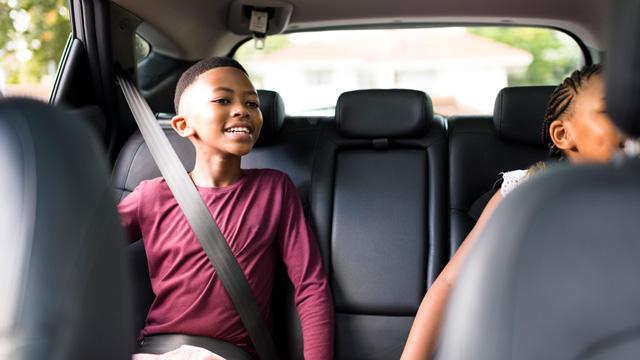
Related: 16 Roadside Attractions You’ve Got to See to Believe
18. Cheers to the Governor (the kid version): This is a collaborative memory game you can play in the car to get to a certain number. So, if your goal is to get to 21, you start by counting one by one in order. You start with one rule, usually that 7 and 11 are switched (instead of saying 7 the person who is supposed to say 7 will say 11, and the person who should say 11 will say 7). If you make it through all the numbers, someone makes up a new rule (clap twice instead of saying three, make an animal noise instead of 15), and start counting back at 1 with the new rule. If someone misses a rule, you start back at one. The goal is to get to the point where all of the numbers are replaced with rules.
19. State Capitals: Good for all you geography fans, get the kids to list the state capitals. You can do it in alphabetical order or quiz style.
20. Cows and Graveyards: You get a point for every cow you spot on your side of the car. Spot a graveyard and lose all points.
21. Name That Tune: Play a snippet of a song from the radio and try and guess the song and artist.
22. Restaurant Race: Each player gets a restaurant like McDonalds, Taco Bell, or Burger King and players count how many of their restaurants they can find along the way.
23. Rock-Paper-Scissors: This is a classic hand game that’s a perfect game to play in the car. Two players shoot rock (fist), paper (flat hand), or scissors (the peace sign) on the count of 1,2,3… shoot! Paper beats rock, rock beats scissors, and scissors beats paper. Try the best of three, or just keep playing down the road.
Our All-Time Favorite Games to Play in the Car
24. Off Limits: In this game, you choose words or phrases that are “off limits” like family member’s names, “hungry” or “are we there yet?” (Brilliant!)
25. The Quiet Game: The player who is quiet the longest wins! Save this one for when you are really desperate.
Related: 21 Clever TikTok Travel Hacks to Make Traveling with Kids a Breeze
